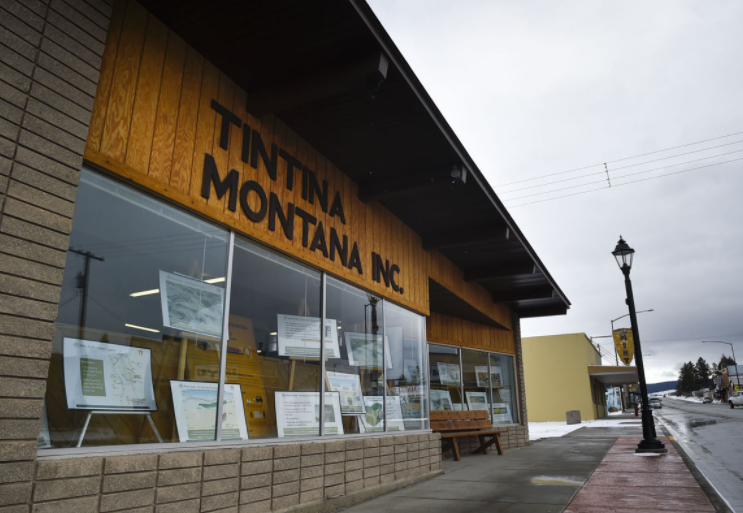Photo by Thom Bridge, Helena Independent Record
There are a handful of happy boaters and anglers this week in Montana, and a whole lot of disappointed folks, too, as Smith River float permits were announced. You win some, you lose some.
The Smith, perhaps Montana’s best-known backcountry float-fishing excursion, is a great early season float, but becomes a bit more onerous as runoff gets into full swing and then even worse when runoff ends and the river settles into its summer flows that are just too low to fish from a boat.
And, of course, the Smith is at the center of a mining controversy, with Tintina Resources proposing a gold and copper mine in the river’s headwaters, a development that, if history is our judge, will have a significant impact on the wild trout fishery in the river, and the recreation economy in the region. Just this week, Montana Trout Unlimited asked the Bureau of Land Management and the U.S. Forest Service to revoke Tintina’s 500 or so mineral claims in the region, because media reports show that the company bought those claims not to develop them, but to eliminate any competition. This, according to MTU, violates the “good faith” precedent that courts have found necessary in such cases.
“They’ve tried to keep as quiet as possible that they have these public land claims and what their bigger plans are beyond private land,” TU’s David Brooks told the Ravalli Republic. “I just think it’s fair to ask what their intention is for the long run.”
It’s a fair question. What is Tintina planning in the region? And will their plans fly in the face of the long-term, renewable recreation economy that is so significant in the area?
Here in the West this week, temperatures are pretty mild—a welcome respite from what has been a brutal winter. Meanwhile, our friends in the Northeast are digging out from an epic snowstorm, and their plans for early-season offshore fishing are probably on hold for a bit. So, there might be no better time to help our angling brethren who are up to their kiesters in snow remember better times, when the stripers and albies are running close to shore and ready and willing to hit a fly. So, while the coffee brews and the fire crackles and sizzles, have a look at this—you’ll be on the water soon enough:
Finally, some great news from Sonoma County, Calif., where an age-old dam that blocked almost 12 miles of salmon and steelhead habitat is no longer a significant obstable for native coho salmon that have all but disappeared from the Russian River watershed.
Thanks to some great work by TU’s Mary Ann King, director of the Coastal Streamflows Restoration Project, and a host of private parties and non-profit partners, fish passage around the dam, which still provides drinking water for two homes in the area, has been achieved. This past winter, eight coho salmon redds were found above the dam. Upstream habitat for coho salmon remains good, with some of the usual challenges, but the future for salmon in Sonoma County looks brighter today than it has in decades.
— Chris Hunt



